June 3, 2020
Data is changing the role of the workplace and HR
 Business leaders have been heavily dependent on HR, real estate, and technology functions working together to help their organisation adapts to this new world of work during the pandemic. Ensuring personal safety, promoting wellbeing, encouraging collaboration, and maintaining efficient service delivery will never be more important than in the coming months. The challenge facing CRE leaders is how to advise on the appropriate range of workspaces and hygiene standards to allow organisations and their people to thrive, and how to cut through the complexity of accessing and interpreting data to achieve this. (more…)
Business leaders have been heavily dependent on HR, real estate, and technology functions working together to help their organisation adapts to this new world of work during the pandemic. Ensuring personal safety, promoting wellbeing, encouraging collaboration, and maintaining efficient service delivery will never be more important than in the coming months. The challenge facing CRE leaders is how to advise on the appropriate range of workspaces and hygiene standards to allow organisations and their people to thrive, and how to cut through the complexity of accessing and interpreting data to achieve this. (more…)






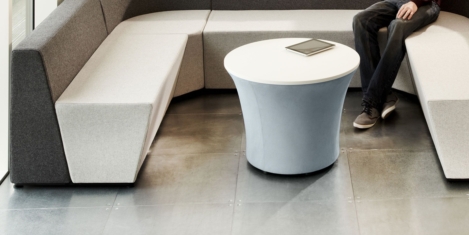
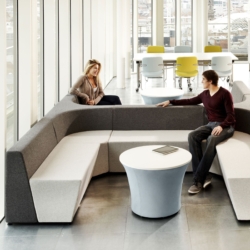


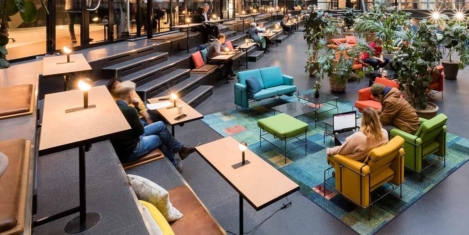
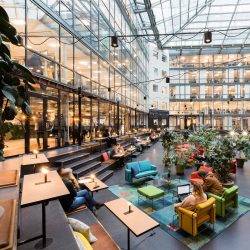
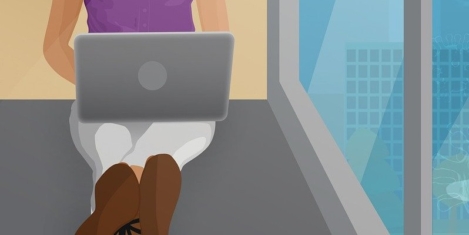
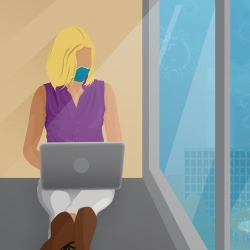


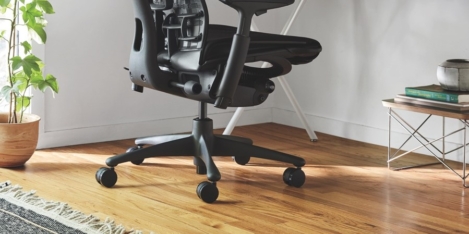
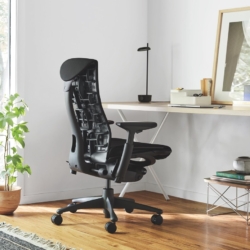






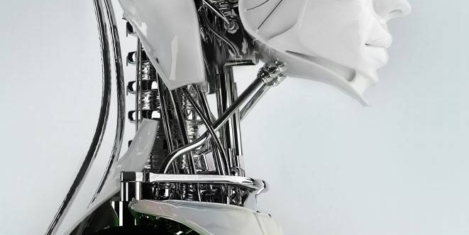









June 4, 2020
Right, said Fred. Here I am again
by Mark Eltringham • Comment, Technology, Wellbeing